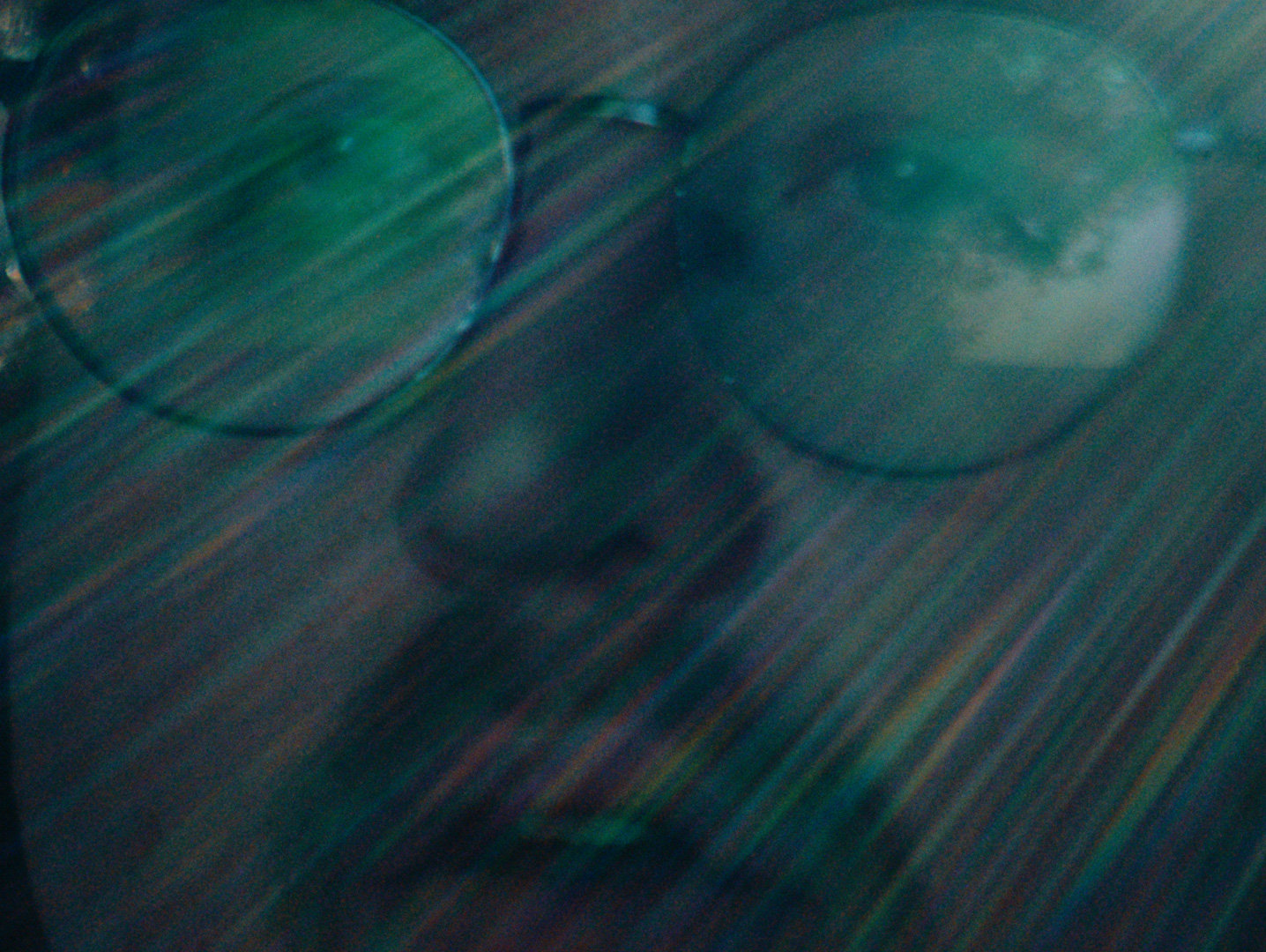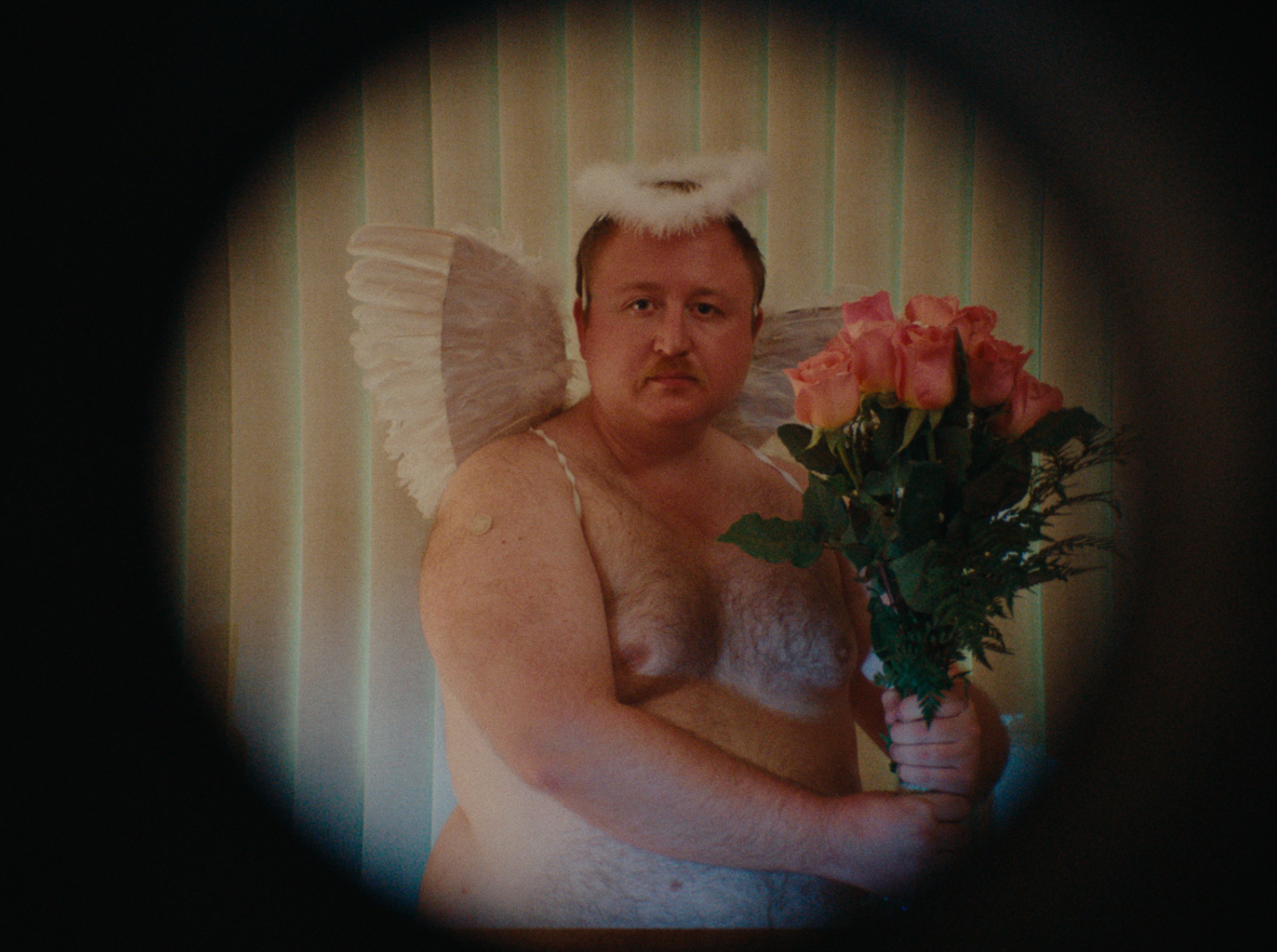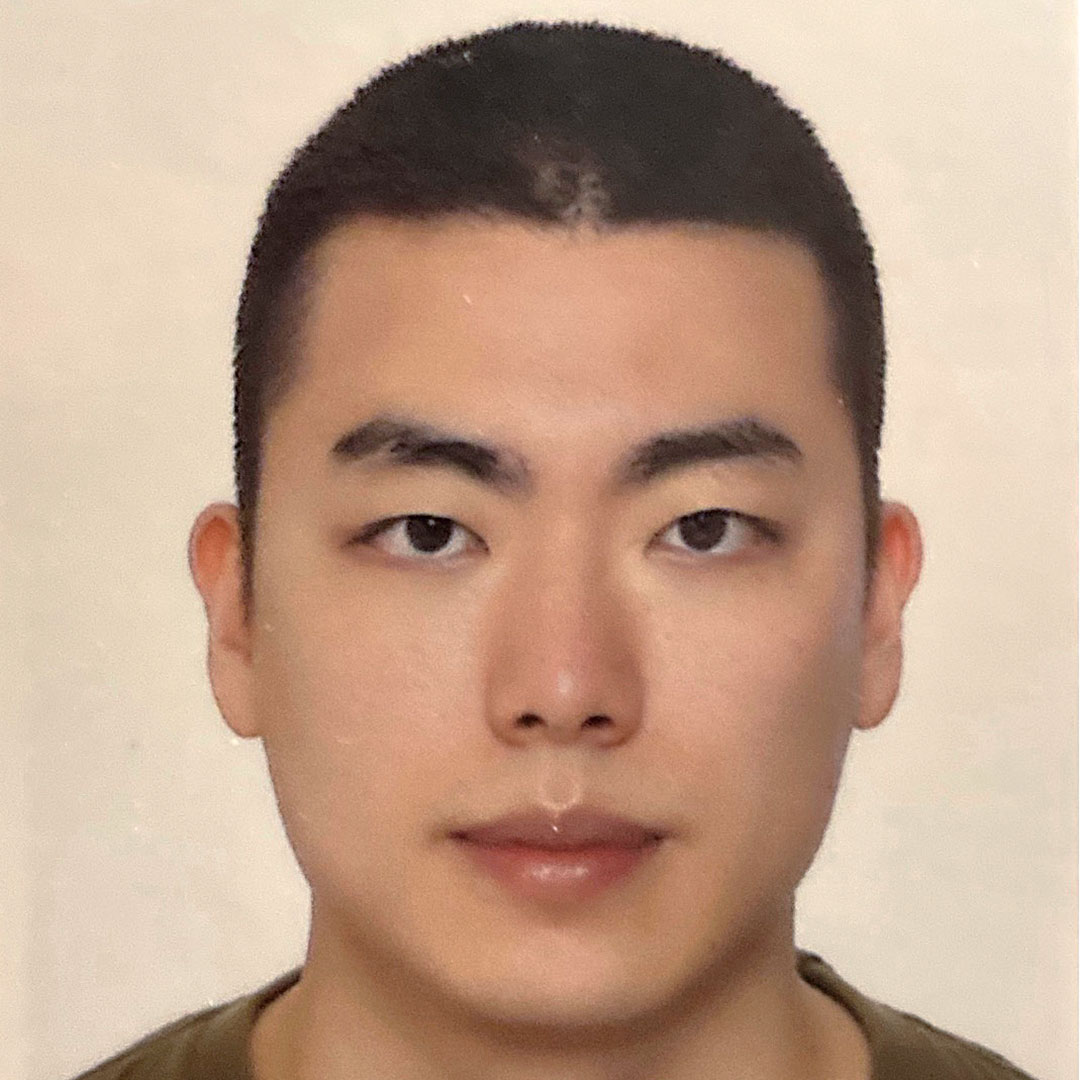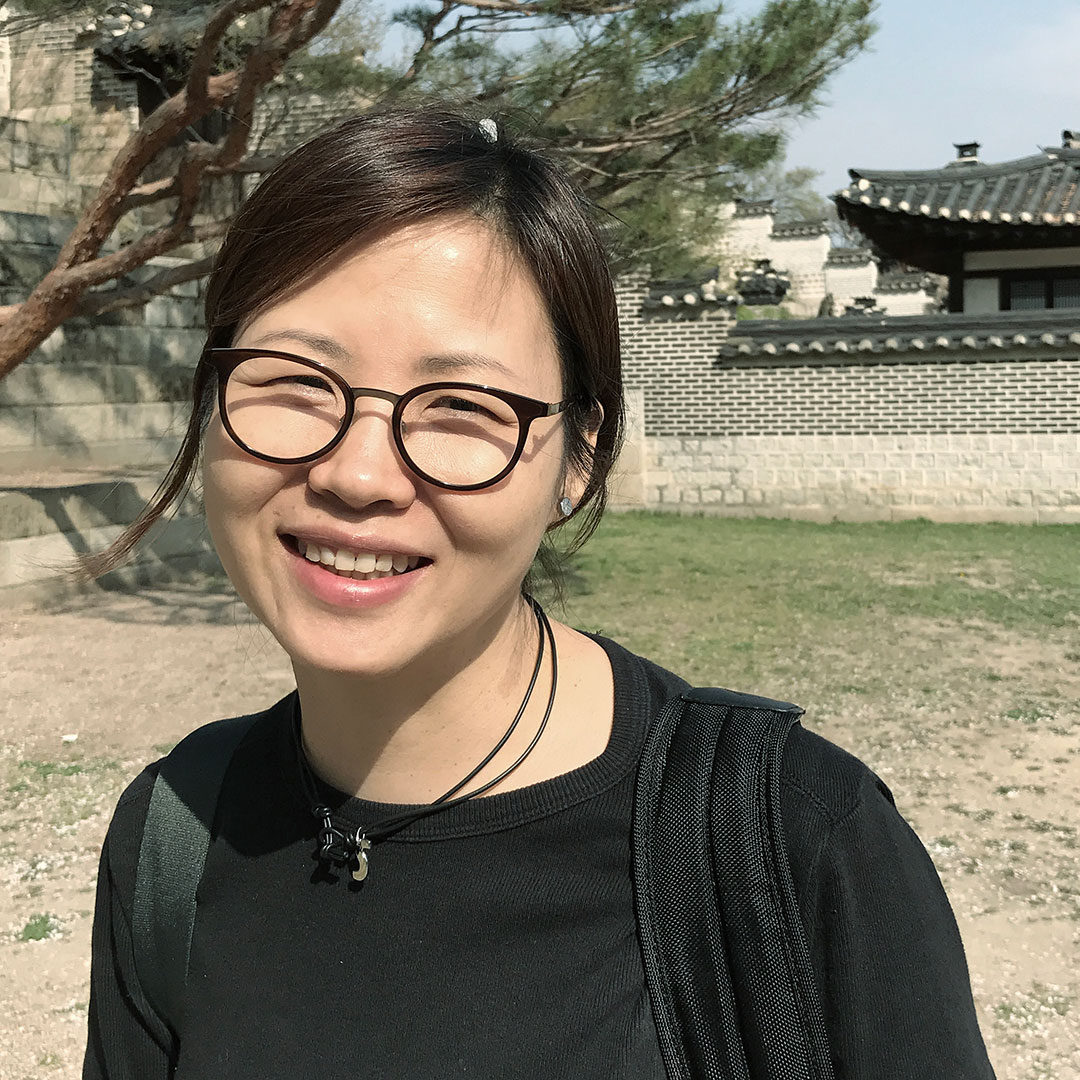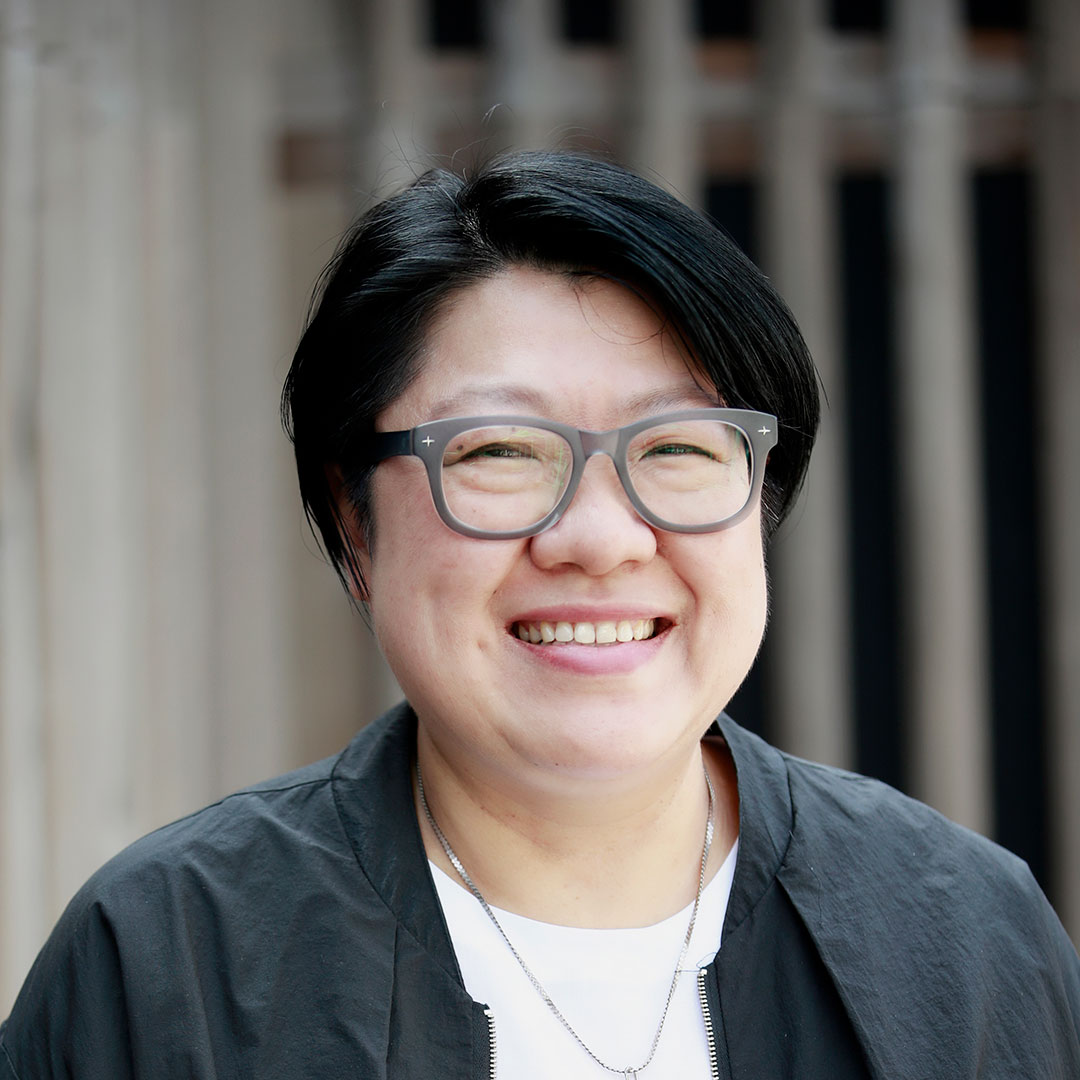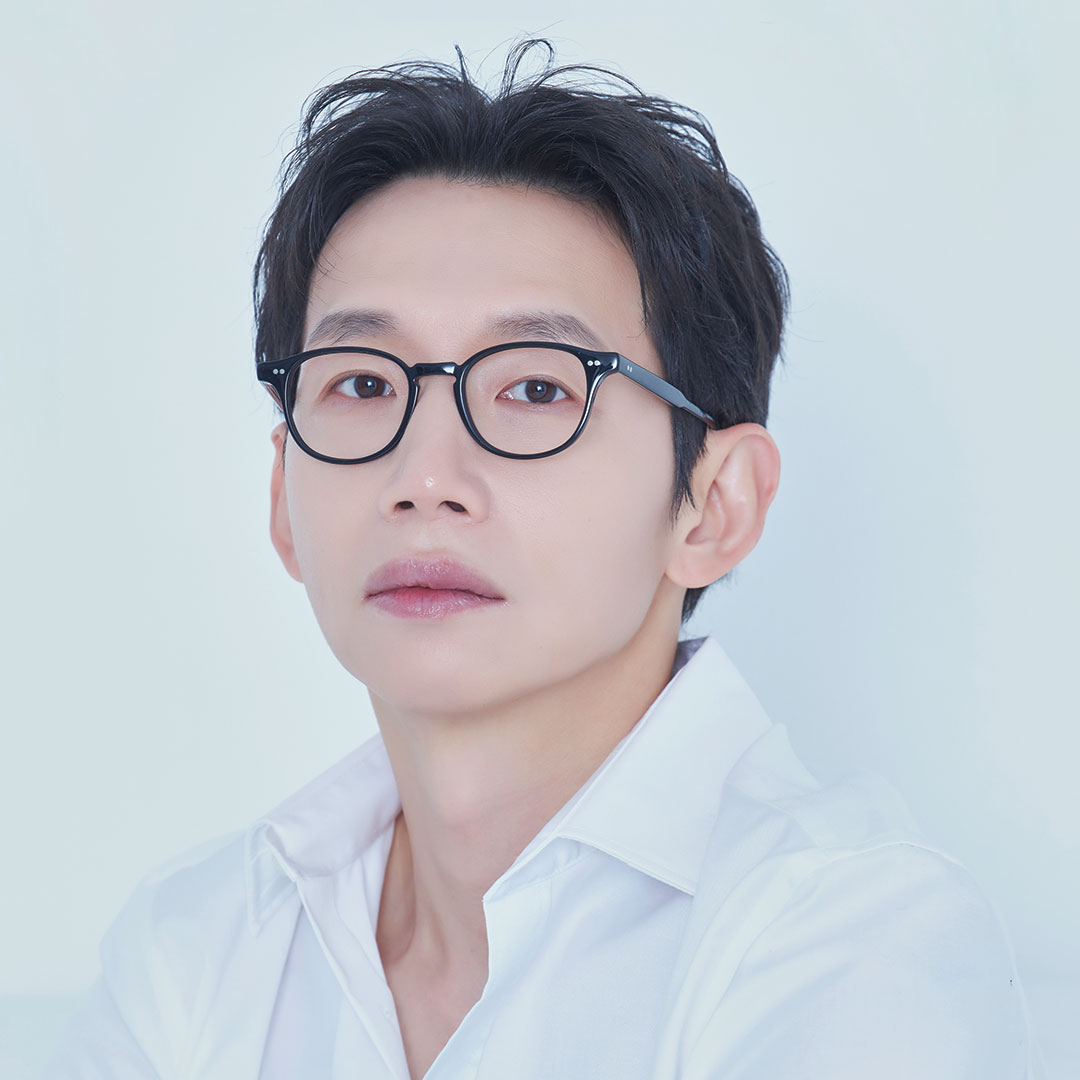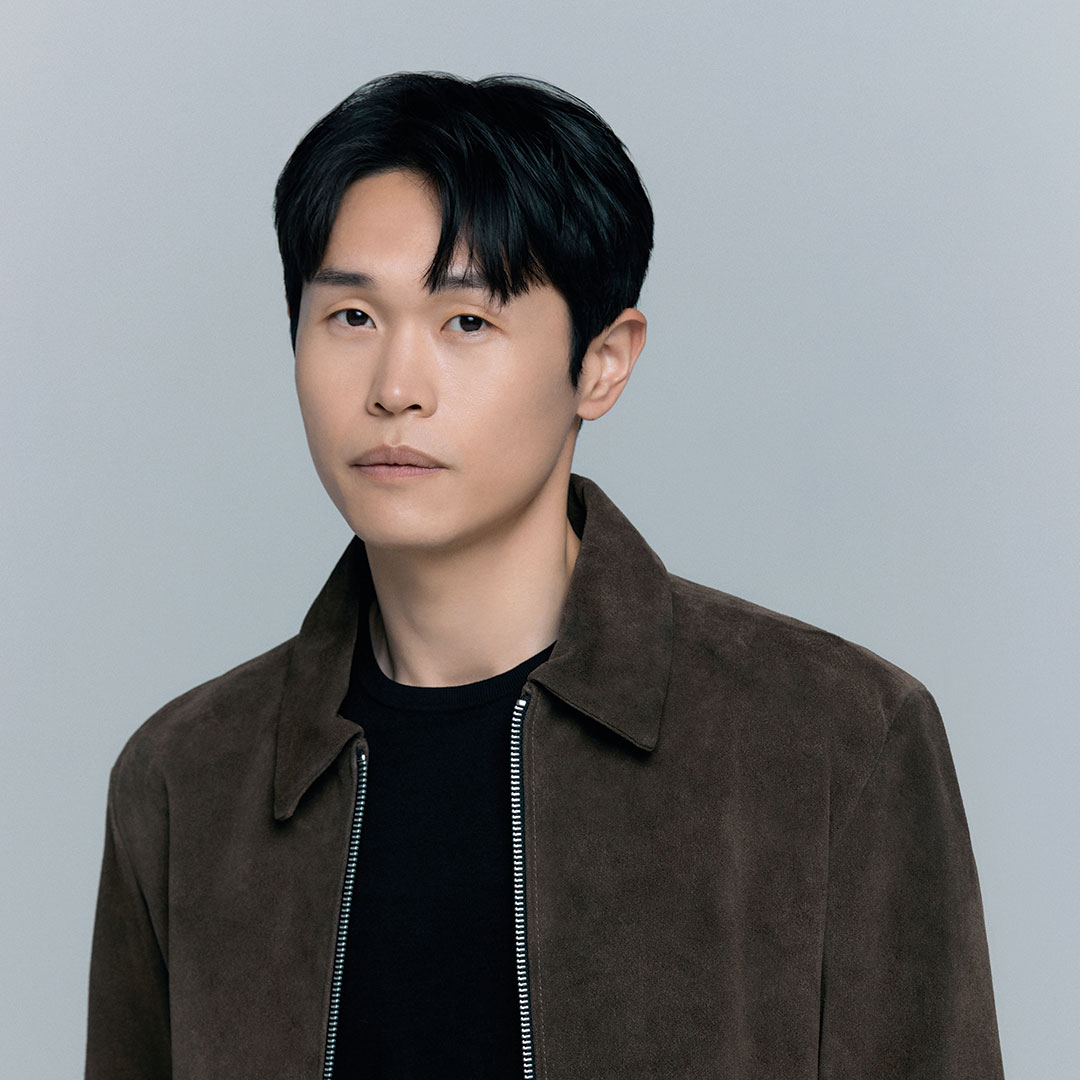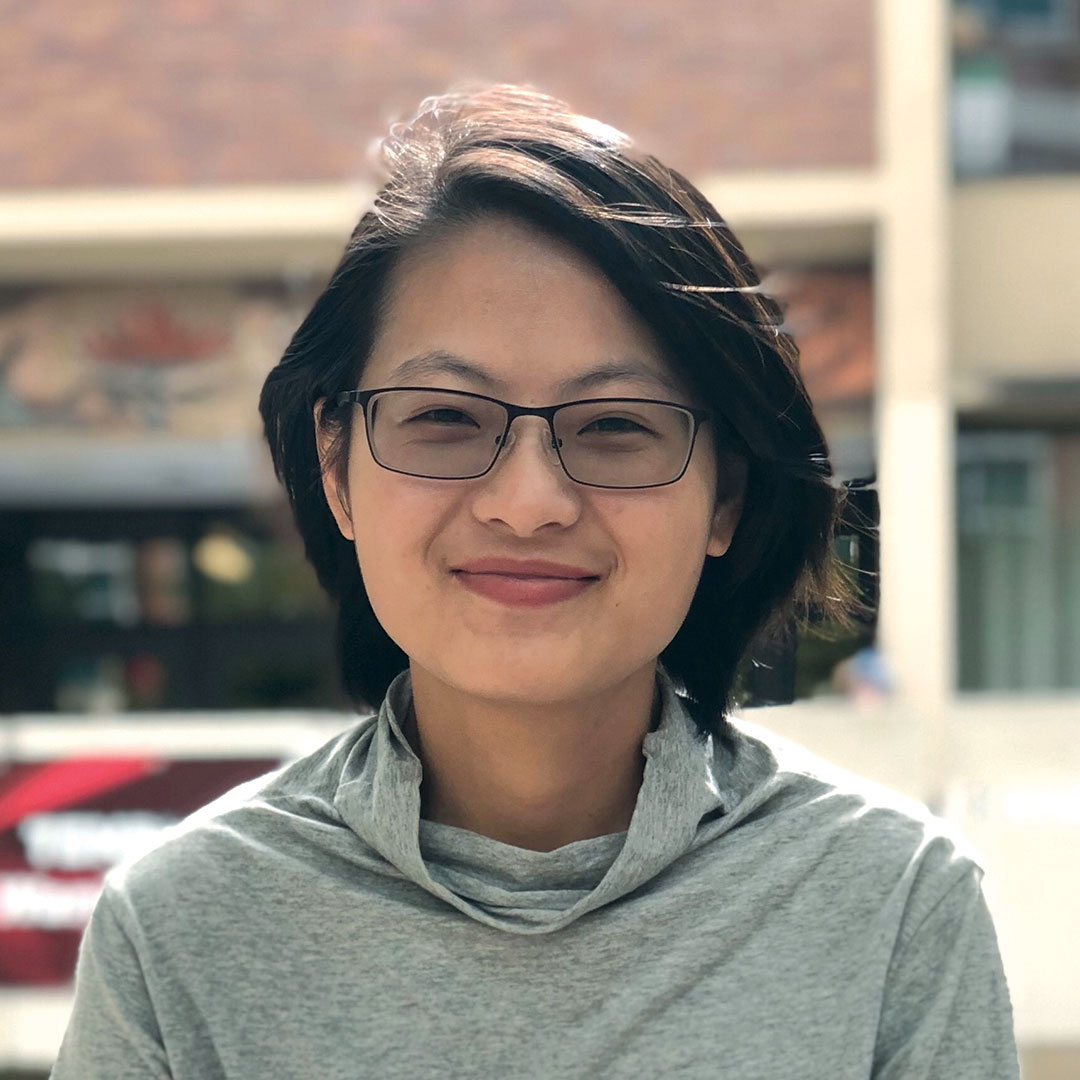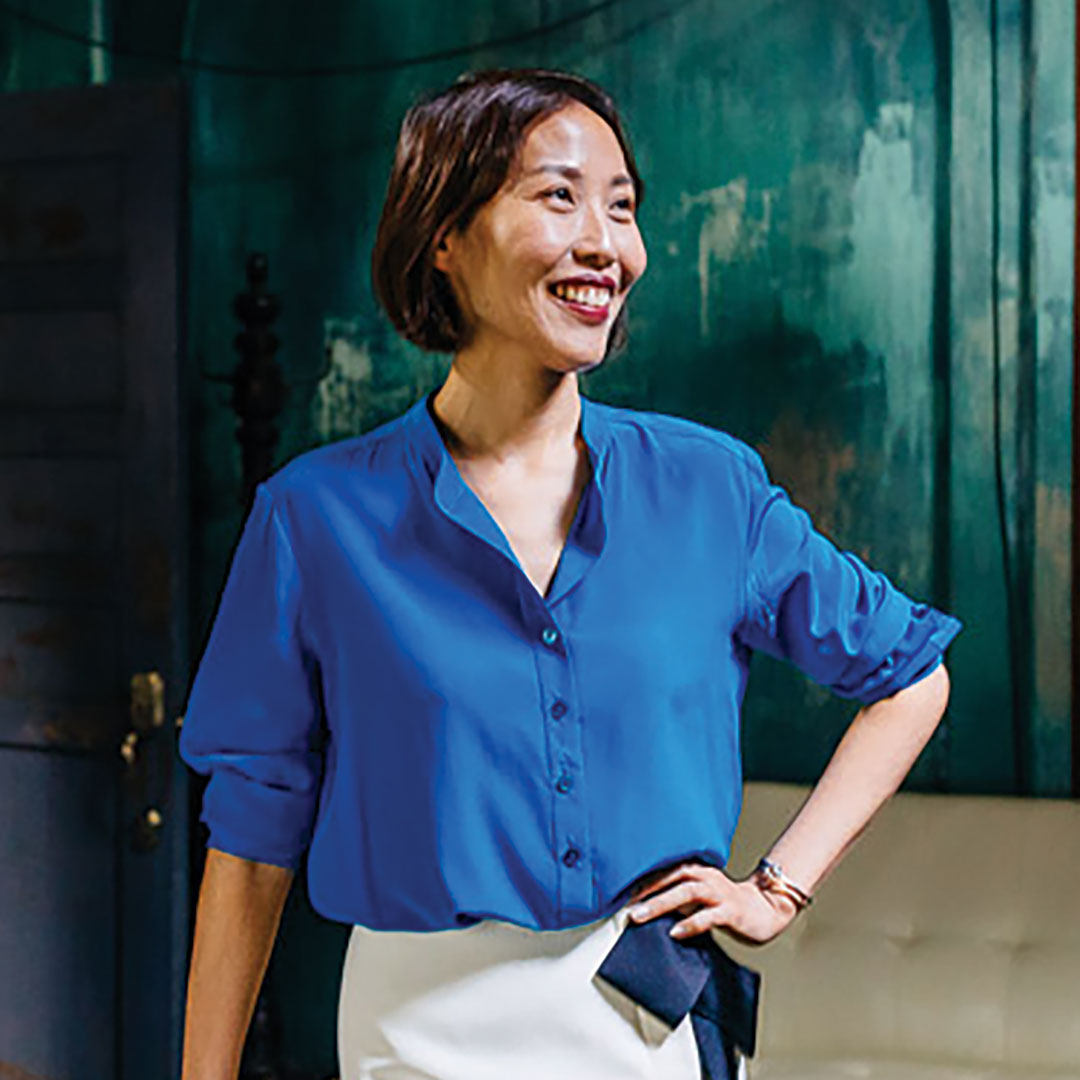감독 데빈 시어스 Devin SHEARS | Canada | 2024 | 73min | Fiction | 국제경쟁 International Competition
The film portrays a shy, large–bodied heterosexual man as its protagonist and weaves in queer ideas in a way that feels both tender and concise—something that leaves a lasting impression. What inspired you to imagine this character and his story? Could you share how the idea for the film first came about?
Years ago, I had come across an early magazine from the late 90s/early 2000s for chubby gay men called “The Fat Angel Times”. The first thing I was struck by was the title, as much of the culture surrounding the “bear” community is centred around glamorizing a type of rugged masculinity, and I liked that this title instead evoked this celestial creature. It also made me think about how much a role the internet had played in helping me contextualize my body and sexuality, and I wondered what it might be like for someone in a different time who maybe got later into life without knowing those communities of desire existed. How would they respond? How would it change their relationship to their body? Those questions formed the creation of the character and shape of the story of the film.
The idea of the “frame” seems to play a central role in this film. Harvey gazes at the world through window frames, explores his surroundings with a camera, and examines objects under a microscope. Eventually, he discovers a Cherub magazine featuring people who resemble him, stares at his reflection in a turned–off television screen, and finally turns the camera toward himself. Harvey consistently engages with both himself and others through some form of mediation, through lenses or frames. Could you talk about the meaning behind this framing device, and what you hoped to express through it?
Much of the community I have discovered with other Fat queer people has been through the creation and sharing of images. Taking a self–portrait and sharing it on a social media feed or privately with one another was the medium through which these relationships were made and identities were formed. Making this film, I began to think about the way this overlapped with my practice making narrative films. Through conversations with my Cinematographer, Nick Tiringer, we had to craft this character through images in the same way, using the camera to create relationships between Harvey and his environment. The character’s relationship to mine and Nick’s camera is shifting – at times it is distant and alien and isolating, and then in other times he takes hold of it and has some agency.
The film’s structure also appears to follow this idea of framing. Each chapter is titled after an angel. What inspired this decision, and how did you incorporate angels as a symbolic element in the film?
The inter–titles originally simply delineated the seasons of the year, but upon further conversations with my MFA supervisor John Greyson, we agreed that the film’s relationship to time had gotten increasingly slippery as the production went on. It was originally supposed to be a period piece, set around the turn of the 21st century, but the realities of shooting in a micro–budget capacity on real locations with real people walking in and out of the frame began to upend that. We felt instead it was best to lean into that strange feeling of time that had been created, so I had the idea to instead base them around these Saint’s days. As for angels: they are strange, beautiful, sexless creatures, and I enjoy the juxtaposition of those qualities with a kind of large, very earthly body.
I’d like to ask more about the scene where Harvey, dressed as an angel, holds flowers and poses for a photograph. The camera carefully and lovingly captures every detail of his body, almost like a microscope—not voyeuristic, but tender. And then, we see him peacefully asleep with wings on. What did you want to express through this moment?
Again, I like to think of it as handing the agency of “our” camera over to the character to allow him an opportunity to create an image of himself. Much of the film is about this character looking at things—small things in a microscope, big things in the sky and, of course, other people. In that moment he gets to look at himself in a new way, potentially imagining a new world for himself.
Let’s talk about the main actor, Benjamin Turnbull, who portrayed Harvey so beautifully. I’m curious to know how you directed him throughout the film. Also, the scene in which you appear on screen, discover Harvey, and take his photograph left a strong impression. Could you share the intention behind that moment and what led you to include yourself in the scene?
Ben is a friend of mine who had not really done any acting before this film. However, he had made a small film for our friend Alex Hennessey’s video festival Sewer Fest that first made me think he could be a compelling screen performer. We did a little test together to confirm that, and then I asked him to be in the film. It was an easy working relationship as I always tried to keep the characters actions simple, and Ben very effectively filled in the rest. He is also a big lover of film himself, so he was very familiar with the kind of filmic language we set out to use in the film.
As for my involvement, part of that was out of practical need. We shot in Niagara Falls on the day of a historic eclipse and simply could not take a big crew or other performers along with us. I had the kind of physicality needed for the character I had in mind, so it just made sense for me to step in. Of course, I recognized that it creates many implications, but I’ll leave that for others to read into.
The film’s sound design is particularly striking. Dialogue is used sparingly, and a repetitive melody is combined with subtle ambient sound, creating a delicate atmosphere. Because of this, the three dialogue scenes stand out even more—the conversation between mother and child at the hospital, the lecture on the TV, and finally, the delivery person calling the protagonist’s name. The last one, though mundane, feels emotionally cathartic. Could you talk about your approach to sound and your intentions behind these carefully placed moments of dialogue?
The initial sound was recorded in an experimental stereo set up by my friend Alex Hennessey to capture the natural ambiance of spaces and then finessed by sound designer Michelle LaCour in post, as a big part of the film was depicting these spaces as they really exist. The score was created by longest collaborator, Anastasia Westcott, who I was able to send early cuts the film and ask for different pieces based on tone (and then, as I was editing the film myself could go in a set a scene around one of the pieces of music she would send me).
The lack of dialogue was an early formal rule of the film that I set myself, but then of course you start thinking about the places you can break the rule and ways that might change the film. We shot the film in different chunks over the course of a year, where I was editing it at the same time, so I also got a sense of places that it might work to have a human voice step in and cause a bit of disruption.
In the final part of the film, the protagonist stands illuminated at the center of familiar locations—scenes that resonate with an earlier line about the fear of living one’s own life and the fear of humiliation. In the very last scene, as others embrace him or rest in his arms, it feels like he has finally stepped beyond the boundaries of the frame that once kept him at a distance. Could you share what you hoped to express through this final transformation?
Many of my short films had tragedy at their core, and one mission of mine in this film was to have a lighter touch. The film is about loneliness and longing, but I wanted to instead think on the ways that isolation can also be generative, fun, or open up new connections to people. Originally the film ended with the character’s humiliation, but as I thought about it, why not instead give the character something like a happy ending? Myself and my collaborators had grown to develop a real love for this character as we made the film, so it felt appropriate that the film’s ending reflected that love and allowed him to transform into the angel we saw him as.
